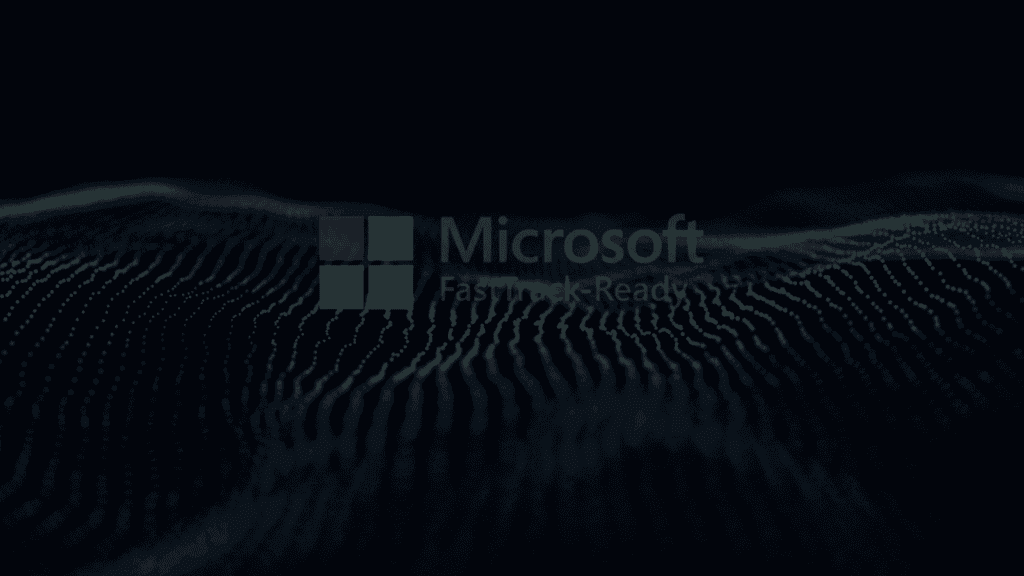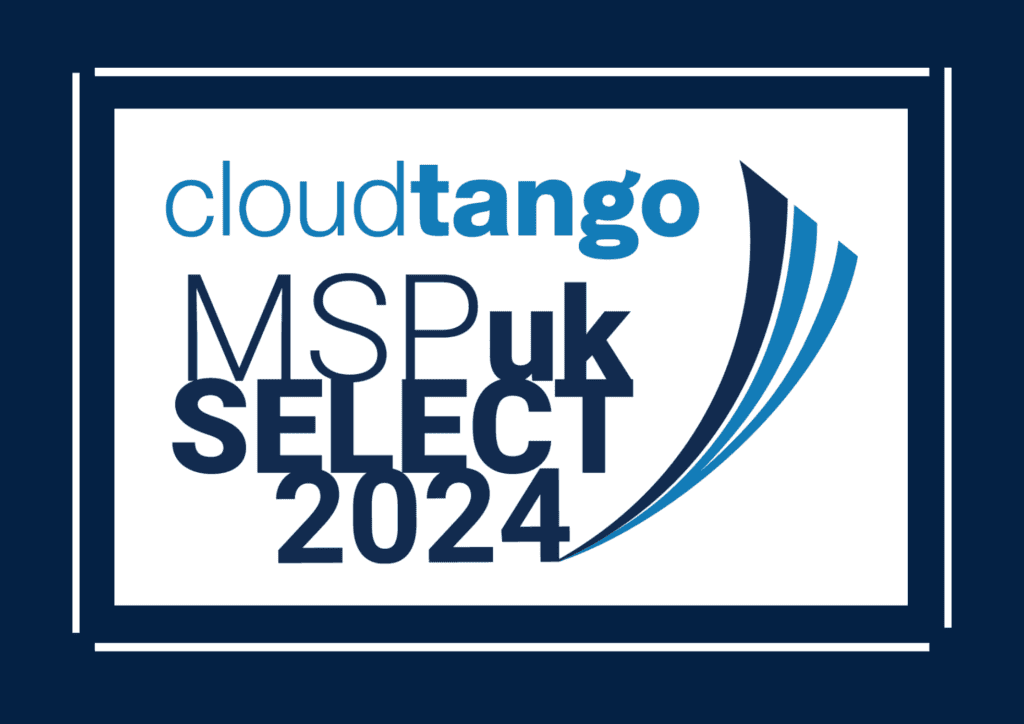Windows Server 2012, is the sixth version of the Windows Server operating system by Microsoft, as part of the Windows NT family of operating systems. At the time, Windows Server 2012 brought forth an array of enhanced features and refinements, and over the years, it stood as a cornerstone for many organisations, providing a bedrock of reliability, scalability, and adaptability to accommodate applications and workloads.
Yet, with nearly a decade since it’s arrival, the time has come for change.
Microsoft announced Windows Server 2012 end of life more than four years ago. However, the tech giant decided to offer extended customer support to those not yet ready to upgrade or migrate, allowing SME’s to effectively plan and execute their next move.
“Windows Server 2012 and Windows Server 2012 R2 will end on October 10, 2023. After this date, these products will no longer receive security updates, non-security updates, bug fixes, technical support, or online technical content updates. Microsoft has migration guidance for both cloud and on-premises solutions”
– Microsoft
What does this mean for users?
Microsoft assigns each of its products a lifecycle, generally spanning around 10 years. This duration is carefully designed to grant users ample time to prepare for necessary transitions.
Throughout this period, Microsoft actively refines the product, enhancing technology and expanding functionality. This journey comprises two key milestones: mainstream end of life and extended end of life.
Mainstream end of life marks the conclusion of feature updates, transitioning to limited support. Naturally, extended end of life arrives, signifying the end of security updates, non-security updates, bug fixes, technical support, and online technical content updates. This paves the way for support to shift towards newer products.
Once the product attains extended end of life, all support for it is terminated.
How will Windows Server 2012 end of life affect my business?
Following this milestone, Microsoft will discontinue updates, fixes, and support. Consequently, starting October 10th, 2023, businesses utilising Windows Server 2012 R2 will face susceptibility to cybercrime, viruses, and compliance challenges. The absence of this protective layer also jeopardises the likelihood of achieving Cyber Essentials compliance.
When confronting the end of life of a server operating system, we recommend that you either migrate or upgrade.
The risks involved with Microsoft Windows Server 2012 end of life
- Security Vulnerabilities: The most critical risk is exposure to security vulnerabilities. Without updates, the system won’t receive patches for newly discovered vulnerabilities. This leaves the business susceptible to cyberattacks, data breaches, and unauthorised access.
- Cyber Threats: Hackers actively target outdated systems, exploiting known vulnerabilities to gain unauthorised access, launch malware, or execute ransomware attacks. This can lead to data loss, financial damages, and reputational harm.
- Compliance Issues: Many industries have regulatory requirements that mandate up-to-date security measures, such as the GDPR. Failing to update can result in non-compliance, leading to legal consequences, fines, and damage to the business’s reputation.
- Lack of Support: Businesses relying on outdated systems won’t receive technical support from the vendor. This leaves them struggling to address technical challenges or fix system glitches.
- Operational Disruption: A cyber attack or system failure due to unpatched vulnerabilities can disrupt day-to-day operations, causing downtime, financial losses, and damage to customer relationships.
- Inability to Adapt: Newer technologies offer enhanced features, improved security, and better integration capabilities. Staying with outdated systems limits the business’s ability to adapt to changing market demands.
So what’s the solution?
Ultimately there are two options:
For those still on Windows Server 2012, the upgrade process isn’t entirely straightforward due to subsequent releases—Windows Server 2016, Windows Server 2019, and Windows Server 2022—after Windows Server 2012 R2.
Navigating this upgrade path requires careful consideration. There is no officially supported migration path from Windows Server 2012 R2 to Windows Server 2022 due to the substantial advancements made.
Typically, upgrading would involve a complex migration path, either transitioning to Windows Server 2016 or Windows Server 2019. However, Windows Server 2016 has already reached its mainstream end of life (January 2022), so we would not recommend this route.
- Migrate your workloads to a cloud solution
At Stripe OLT we would highly recommend opting for a cloud-first environment. The utilisation of cloud services has surged in recent years, granting businesses the advantages of scalability and flexibility.
Transitioning to a cloud-centric model liberates office space as servers vanish, replaced by secure storage on applications like OneDrive and SharePoint.
Cloud first solutions foster a culture of remote work, and will facilitate seamless access to digital assets both now and in the future.
Rest assured, Stripe OLT is here to help. Our experts are committed to providing the right guidance, ensuring you find the optimal solution, and ultimately benefiting from a state-of-the-art cloud environment. Get in touch with one of our experts today and find out how we can help you achieve the right solution for you.



















